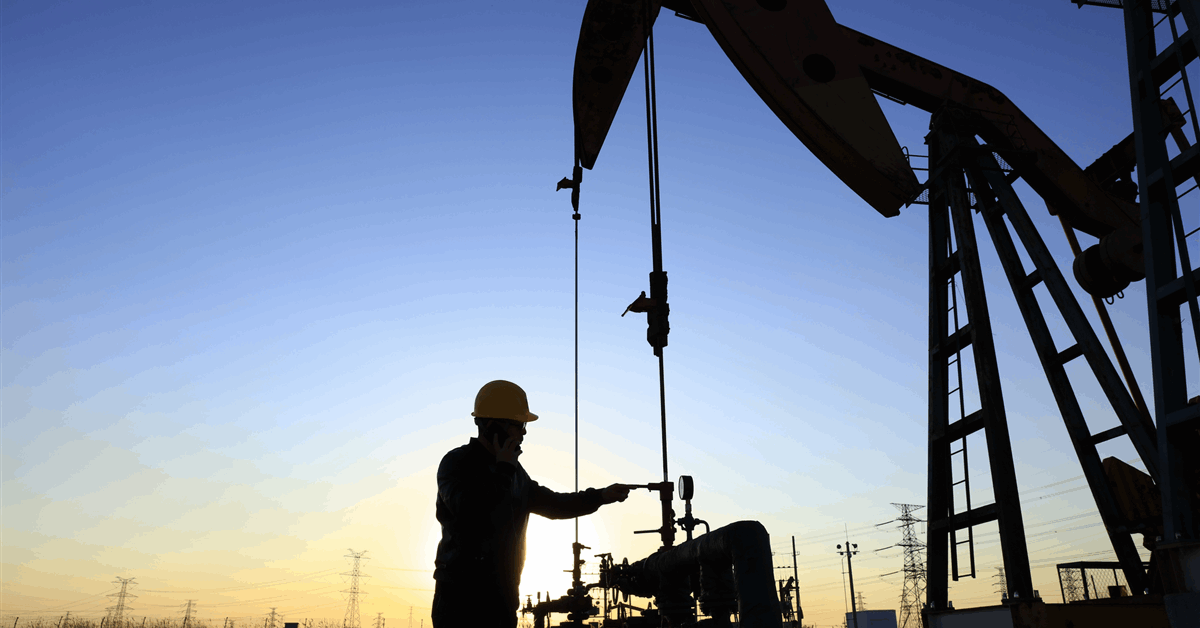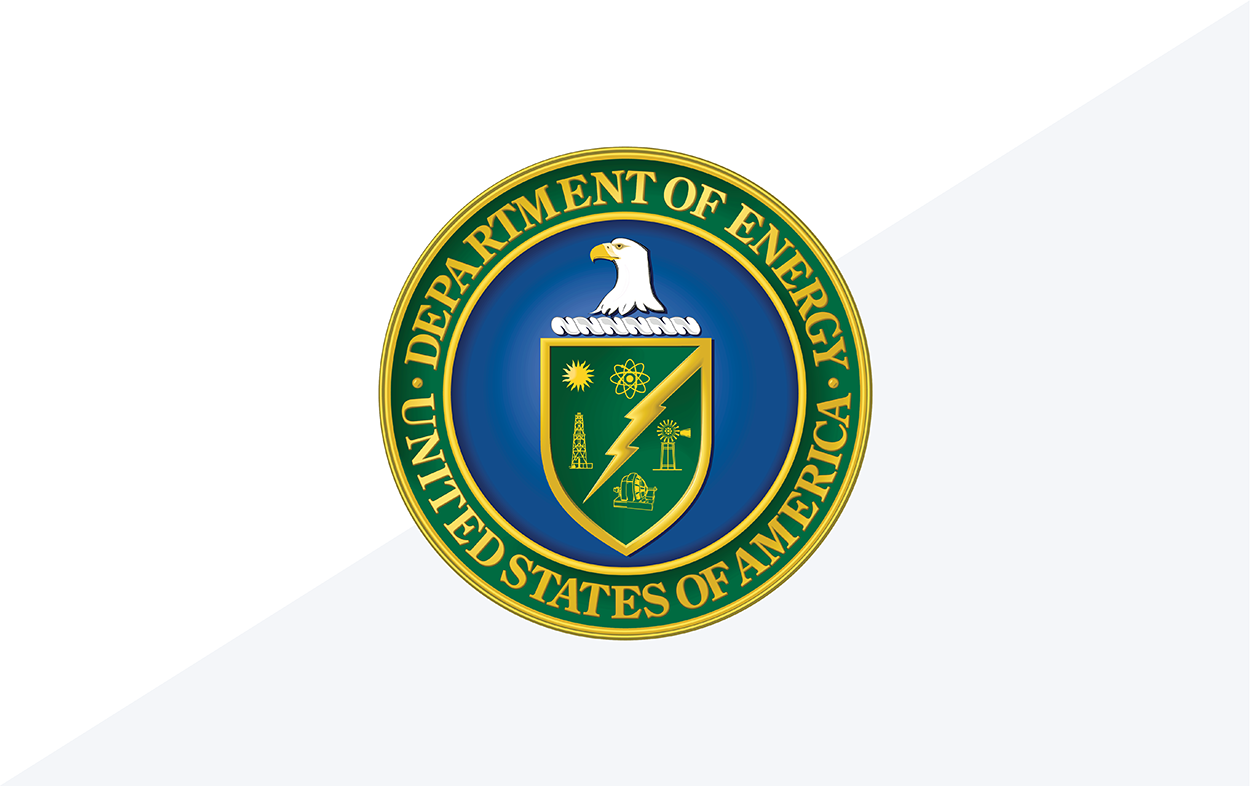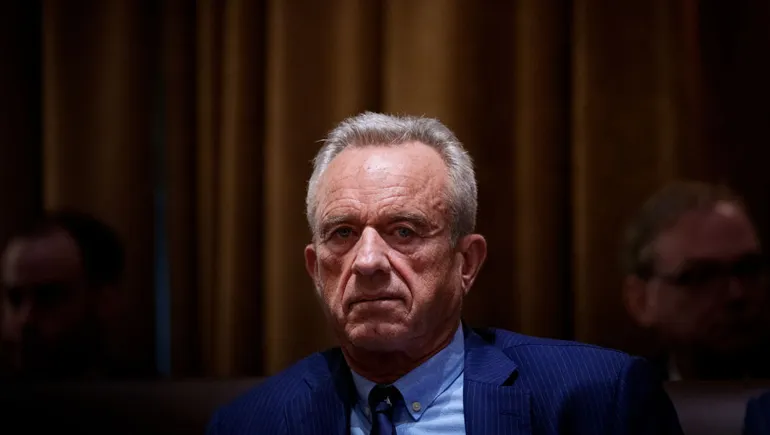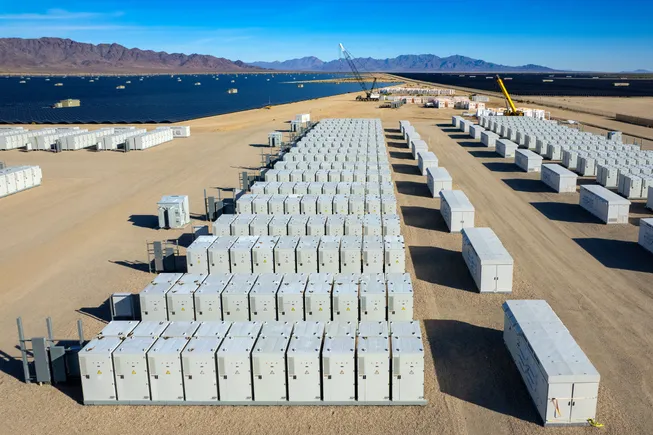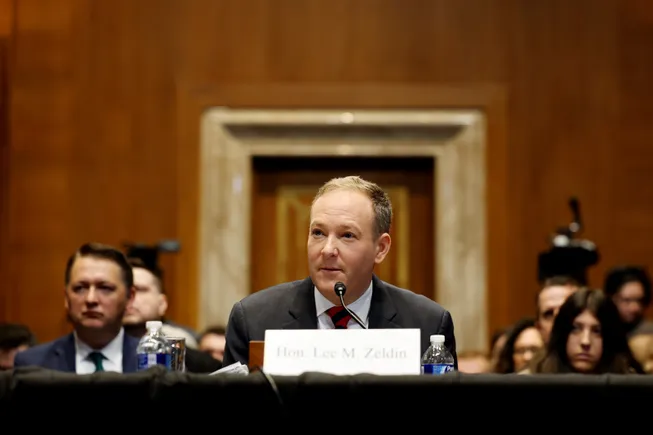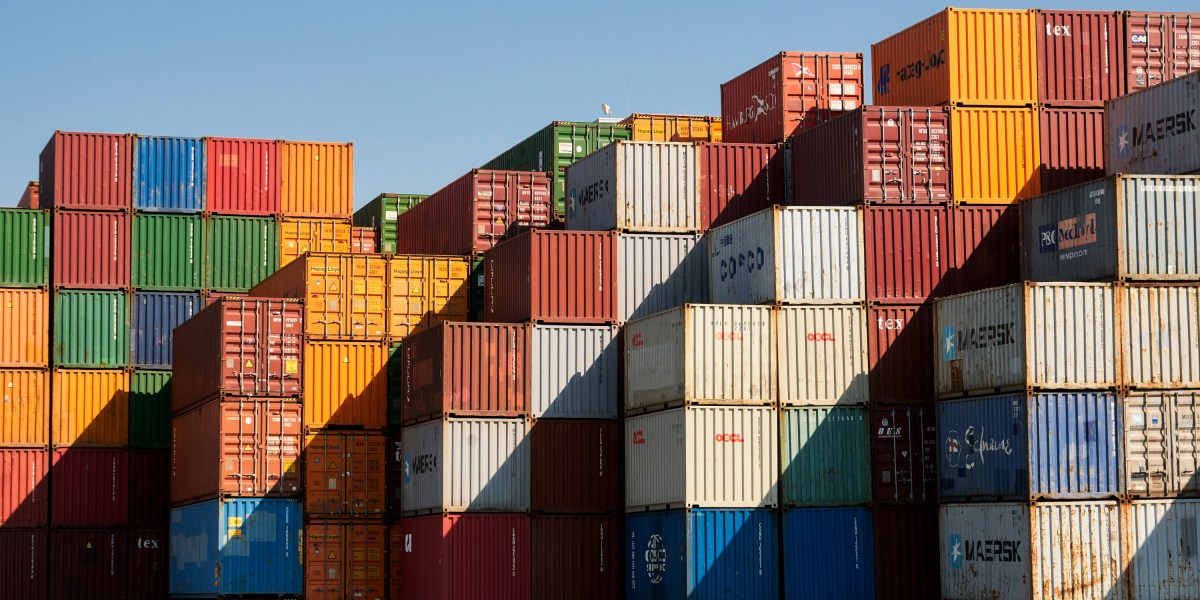
BP PLC said Monday the Cypre field in Trinidad and Tobago is now producing and is expected to deliver about 250 million standard cubic feet a day (MMscfd) of gas at peak.
The project, located 78 kilometers (48.47 miles) off the southeast coast of Trinidad in a water depth of about 80 meters (262.47 feet) according to BP, is part of the East Mayaro Block. Cypre is wholly owned by BP Trinidad and Tobago LLC (BPTT), a joint venture owned 70 percent by Britain’s BP and 30 percent by Spain’s Repsol SA.
Cypre is one of 10 projects that BP aims to start up between 2025 and 2027. “Production from Cypre will make a significant contribution towards the 250,000 barrels of oil equivalent per day combined peak net production expected from these 10 projects”, it said in an online statement.
BPTT’s third subsea development, Cypre will have 7 wells tied back to BPTT’s existing Jupiter platform. Phase 1, consisting of 4 wells, was completed at the end of 2024. “The second phase is expected to commence in the second half of this year”, BP said.
BPTT president David Campbell said, “Cypre is another key milestone in bpTT’s strategy to maximize production from our shallow water acreage using existing infrastructure”.
“The project not only reinforces our commitment to maintaining production but also plays a crucial role in satisfying our existing gas supply commitments”, Campbell added. “Cypre represents a significant investment in the country’s energy sector”.
William Lin, BP executive vice president for gas and low-carbon energy, said, “The second of 10 major projects across our global portfolio that we expect to start up by 2027, Cypre is also the first of a series of projects we will be bringing online in Trinidad to deliver gas to the nation and add value for bp”.
In the Caribbean country, BPTT operates 12 offshore platforms, 3 subsea installations and 2 onshore processing facilities.
Cypre is the second upstream project put online by BP this year, after the second phase of the Raven field offshore Egypt.
BP expects Raven’s phase 2 to produce up to 220 billion cubic feet of gas and 7 million barrels of condensate.
“The focus of the Raven Infills project has been to fight natural decline and increase production while maximizing our existing infrastructure to meet Egypt’s domestic market demand at pace”, Nader Zaki, BP president for the Middle East and North Africa, said in a company statement February 16.
Phase 2 is a tieback of additional infill wells to Raven’s existing onshore infrastructure. “Raven Infills is in line with bp’s drive to deliver as a simpler, more focused, higher-value company by maximizing production from existing assets and optimizing resource efficiency”, the company said.
Phase 1 began production four years ago. Announcing start-up April 21, 2021, BP said phase 1 had an expected peak production of 900 million standard cubic feet per day of gas and 30,000 barrels a day of condensate.
Raven is part of the West Nile Delta project, which comprises five fields within the North Alexandria and West Mediterranean deepwater concessions. BP holds an 82.75 percent stake in the West Nile Delta. Harbour Energy PLC, also a British company, owns the remaining 17.25 percent. The minority stake is among assets acquired by Harbour in its $11.2 billion purchase last year of the non-Russian upstream operations of Germany’s Wintershall Dea AG, now Wintershall Dea GmbH.
To contact the author, email [email protected]
What do you think? We’d love to hear from you, join the conversation on the
Rigzone Energy Network.
The Rigzone Energy Network is a new social experience created for you and all energy professionals to Speak Up about our industry, share knowledge, connect with peers and industry insiders and engage in a professional community that will empower your career in energy.
MORE FROM THIS AUTHOR






